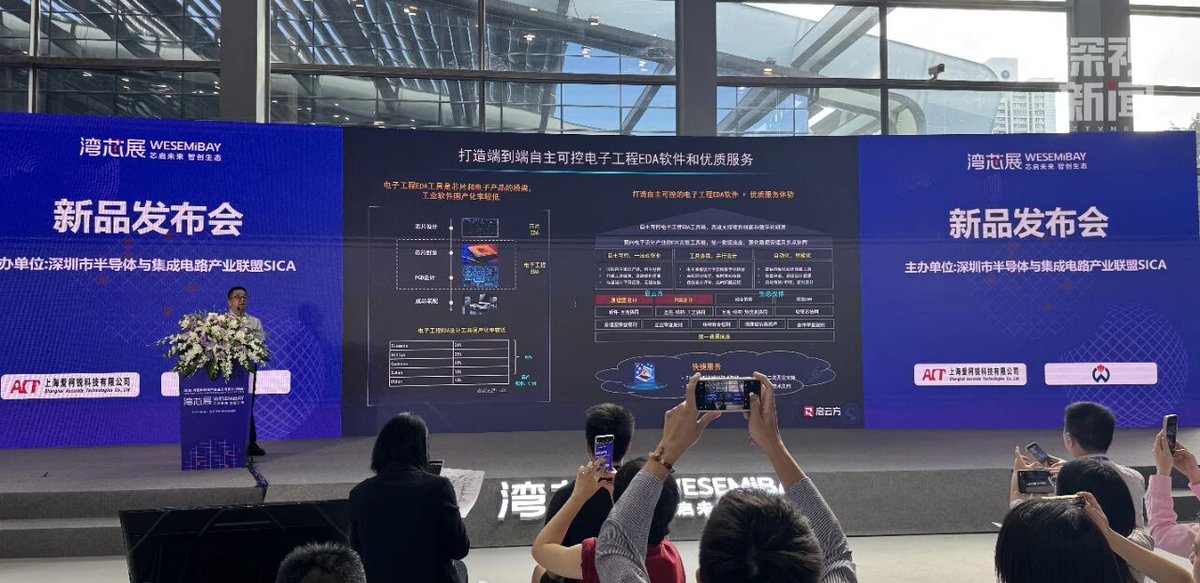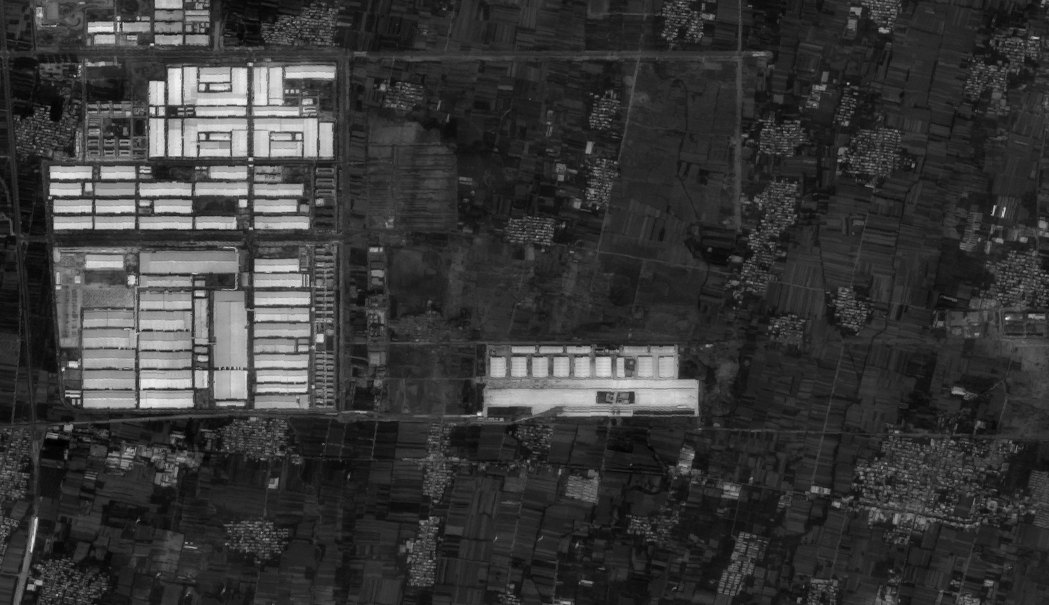TESLA MARKET SHARE THREAD
EVs are representing increasingly more of passenger vehicle sales in the 3 largest auto markets: China, US, and Europe. China & Europe EV markets are growing much faster than in the US.
NEV market share growth in 2021:
China: 62%
Europe: 31%
US: 18%
EVs are representing increasingly more of passenger vehicle sales in the 3 largest auto markets: China, US, and Europe. China & Europe EV markets are growing much faster than in the US.
NEV market share growth in 2021:
China: 62%
Europe: 31%
US: 18%

2/ Focusing on those leading markets, how is Tesla's market share fairing? Well, since $TSLA opened its factory in Shanghai, it has overall been losing market share in the growing Chinese NEV market. 

3/ Now, many would be quick to point out that may be caused by Tesla exporting vehicles from China to Europe this year. However, Tesla isn't gaining market share in that market, either. It's fair to say Tesla is maintaining ~5% share in the European NEV market. 

4/ To smooth things out, when you look at Tesla's share in the European & Chinese NEV markets on a quarterly basis, Tesla is losing market share in both. 

5/ Some may argue that a dominant player in a rapidly growing market would maintain or lose market share as competitors flood the space. The thing is, the largest NEV maker in China is GAINING market share. $BYDDF $BYDDY 

6/ How? In 2021 alone, BYD has unveiled 10 new EVs and deliveries of 6 have already started. This isn't to say BYD has superior tech and stronger brand recognition in China, but it does offer a full lineup of EVs, whereas Tesla is only in the 235k-380k RMB market. 

7/ As @Real_Jack_Shea said earlier this year, Tesla needs more models in its lineup, especially as the Chinese and European markets are becoming increasingly saturated with multiple new models from EV startups and legacy automakers.
https://twitter.com/Real_Jack_Shea/status/1359213227582906369?s=20
• • •
Missing some Tweet in this thread? You can try to
force a refresh













